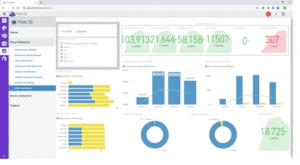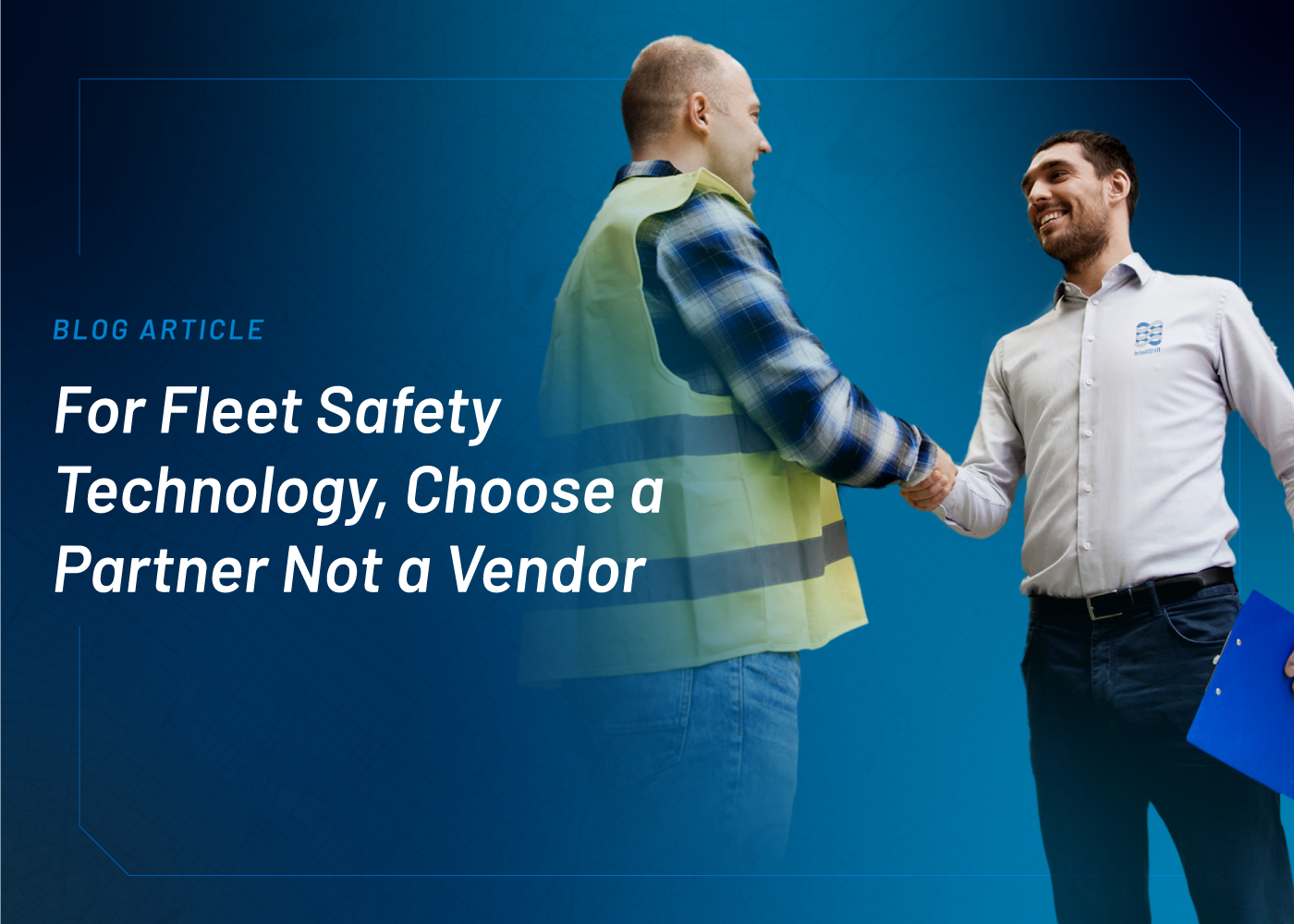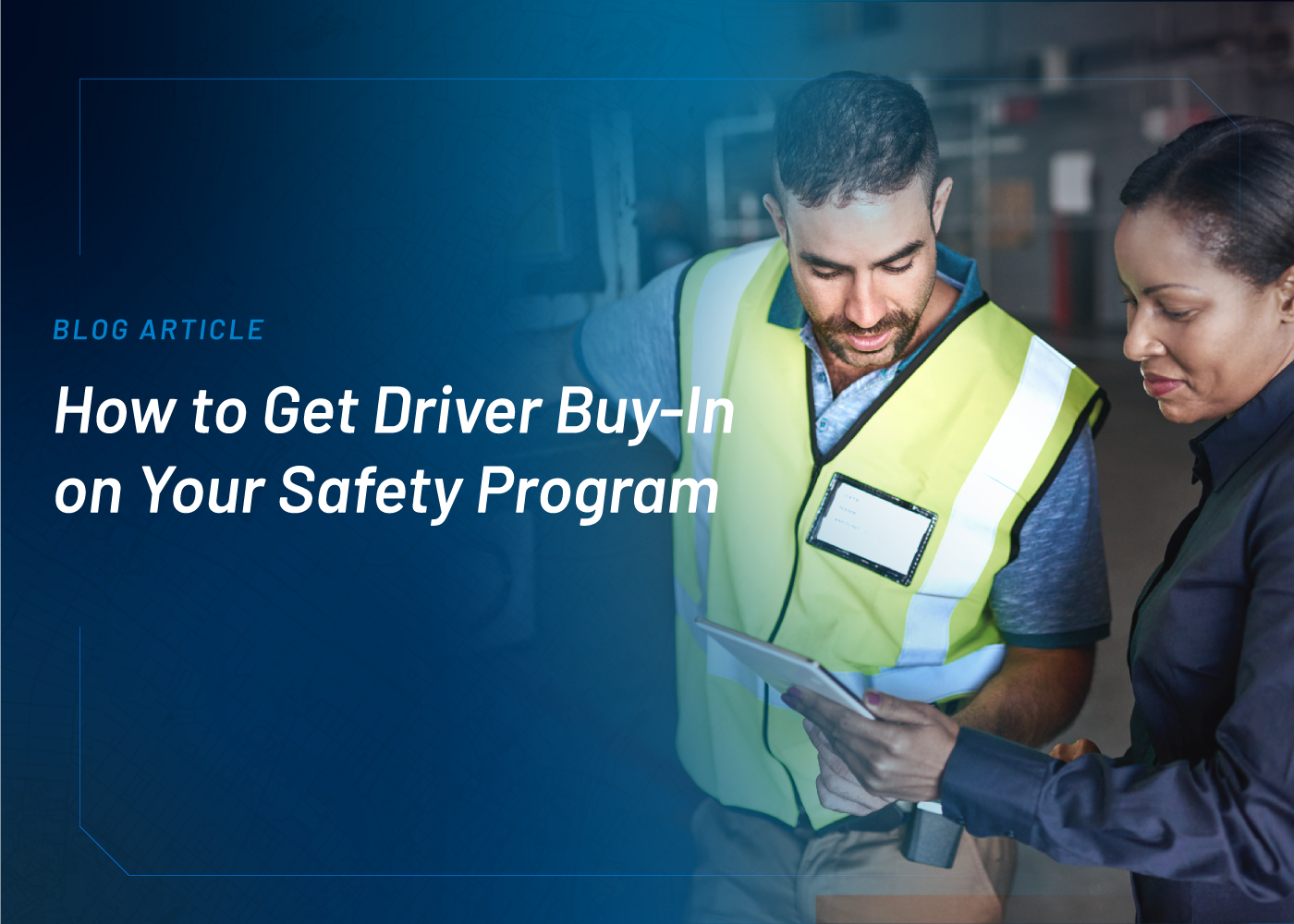GPS telematics software has become a key tool for fleet operators to manage their fleets. Over time, fleet operators have gained more data from telematics devices beyond location, to information about speeding and braking, fuel use, driver identification, and more.
They use this information to make business decisions about how to ensure the efficiency of the fleet operations as well as the productivity and safety of the mobile workforce. Despite the popularity of fleet telematics, there are still reasons that telematics software fails the businesses it is supposed to help.
Can’t be Customized
Most traditional telematics software providers deliver one-size-fits-all telematics solutions. But the reality is that every fleet-centric company is different. Each has its own corporate structure, a distinct strategy, and different short term and long-term goals among other things. A telematics system that can’t be configured to achieve a company’s specific goals, will eventually end up causing more work for the customer.
Doesn’t Deliver True Business Intelligence
OLAP.com* defines business intelligence (BI) as “technologies, applications and practices for the collection, integration, analysis, and presentation of business information.” Essentially, BI is a tool to help you make smarter decisions about how to improve operational efficiency, employee productivity or increase profitability. Fleet telematics delivers a bunch of data about the fleet and operations but for it to be truly useful, a fleet operator needs to be able to make sense of the data. This is where data visualization comes in. A good telematics solution will deliver data analytics and visualization to help the fleet operator see trends and understand what the data means to their operation.

Doesn’t Deliver End-to-End Visibility
This is where most telematics companies fail because their software fails to take into consideration that fleet management is just one part of the business story. To be truly effective, data from telematics devices must connect with your other enterprise data systems to give you a 360-degree visibility advantage across the supply chain. With end-to-end visibility, not only will you learn about how long a delivery took, but you’ll also know whether the customer was happy (data from the CRM system) whether the customer paid their bills on time (data from Accounts Payable) or how great an employee your driver is (data from the HRIS). Having all of this information unified together can help you deliver enterprise-wide operational effectiveness and ensure customer satisfaction.
Doesn’t Deliver Partner-Level Customer Service
As with any technology, problems occur or a customer may need help creating a report. Most companies selling telematics software offer some level of customer support but don’t offer a dedicated account manager. That’s because they consider themselves to be a vendor and not a partner. A vendor provides a solution or service whereas a partner shares similar goals and looks to ensure the long-term health of its clients’ businesses. A partner helps scale your solution to a broader audience or adjust the mix of applications in your solution to meet your company’s evolving needs.
Learn how you can leverage telematics data to improve operational efficiency and increase customer satisfaction with the Future of Telematics guide
* Olap.com


